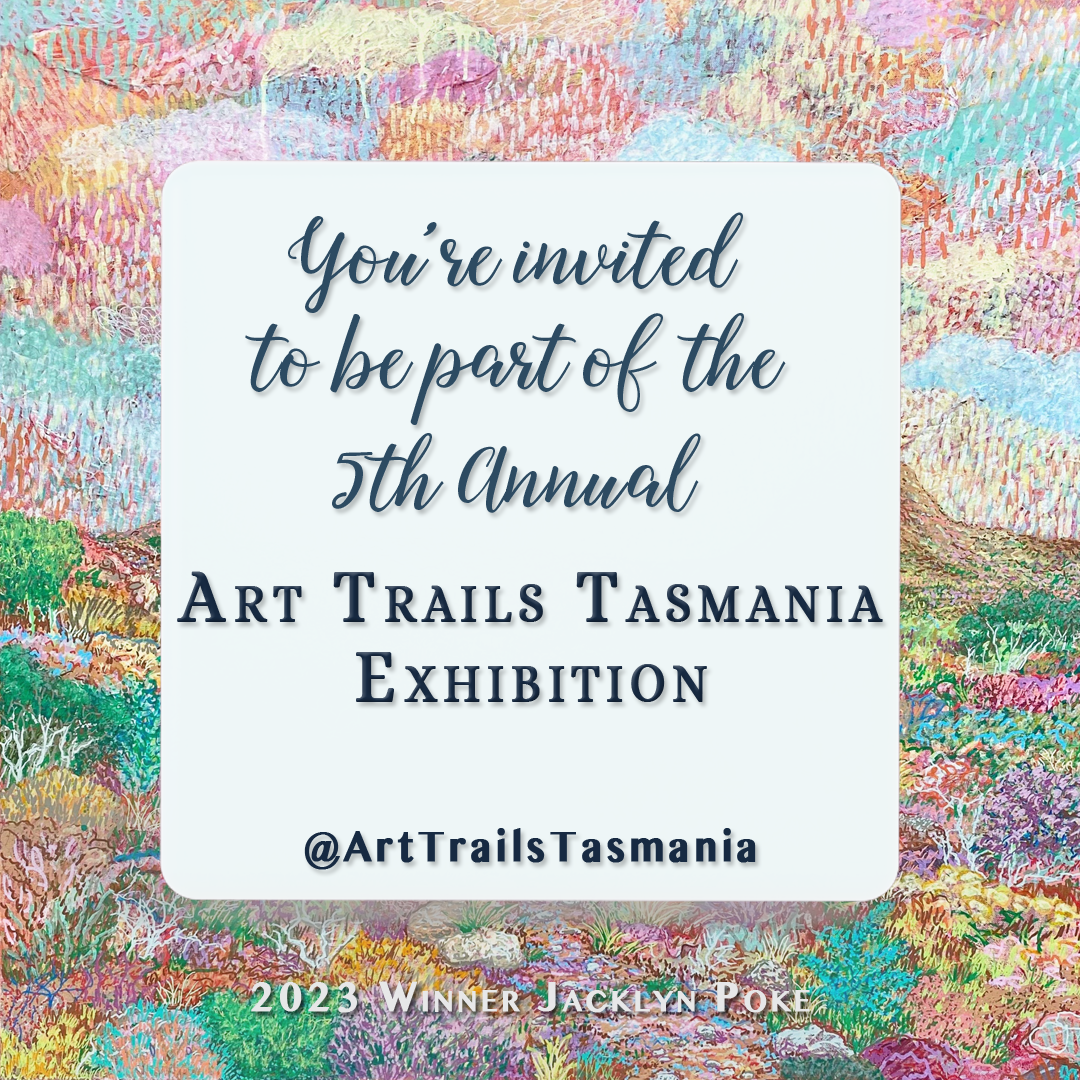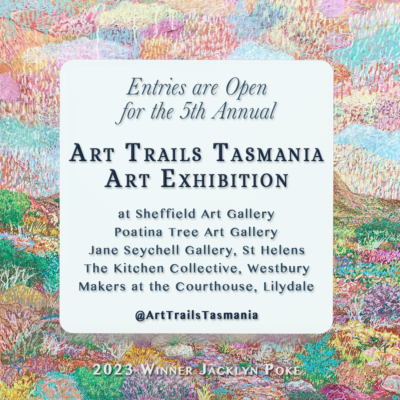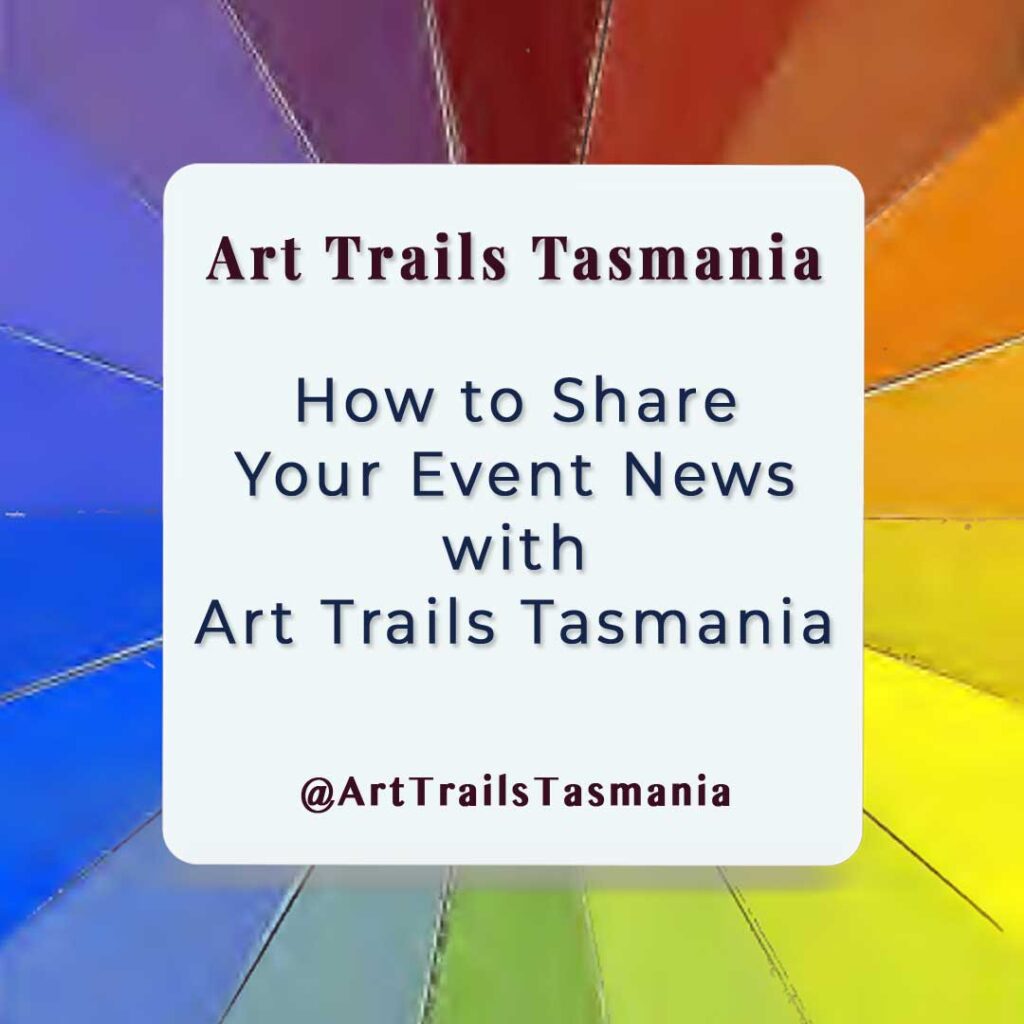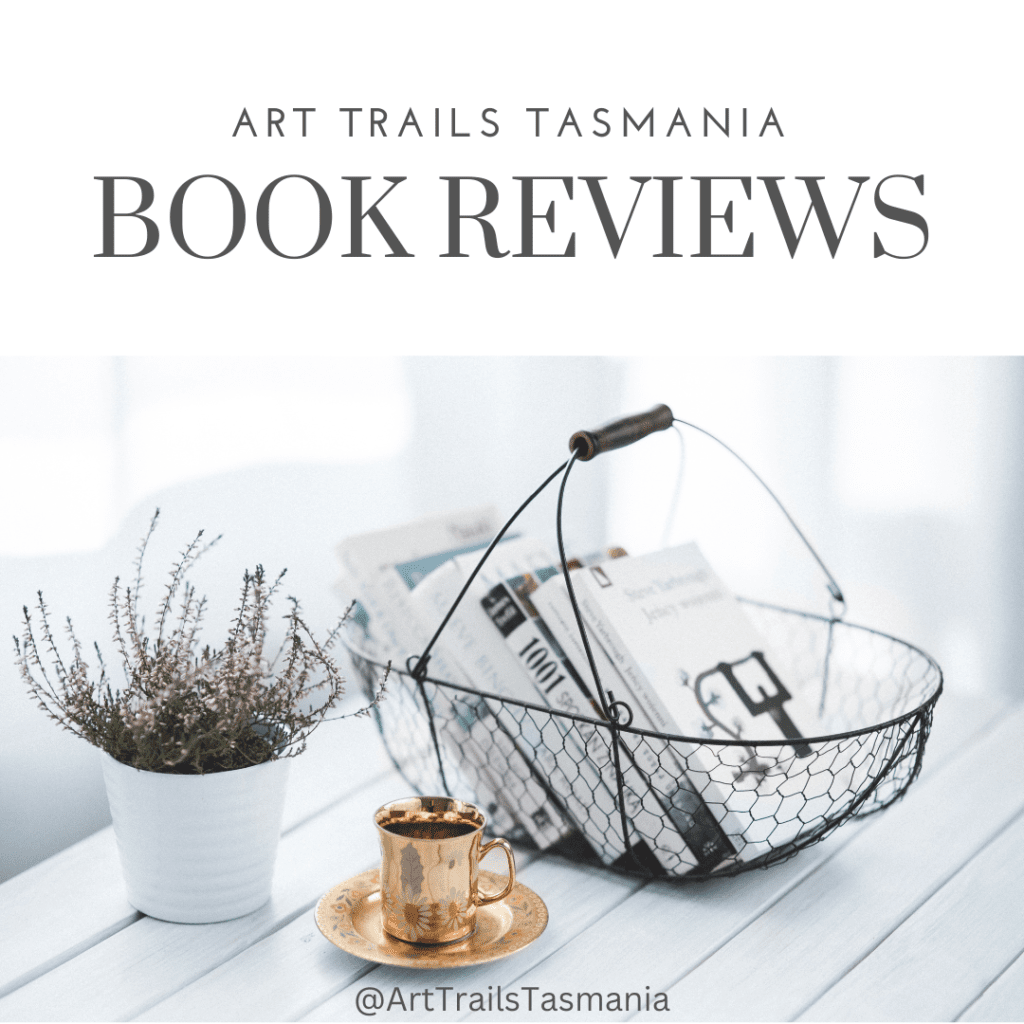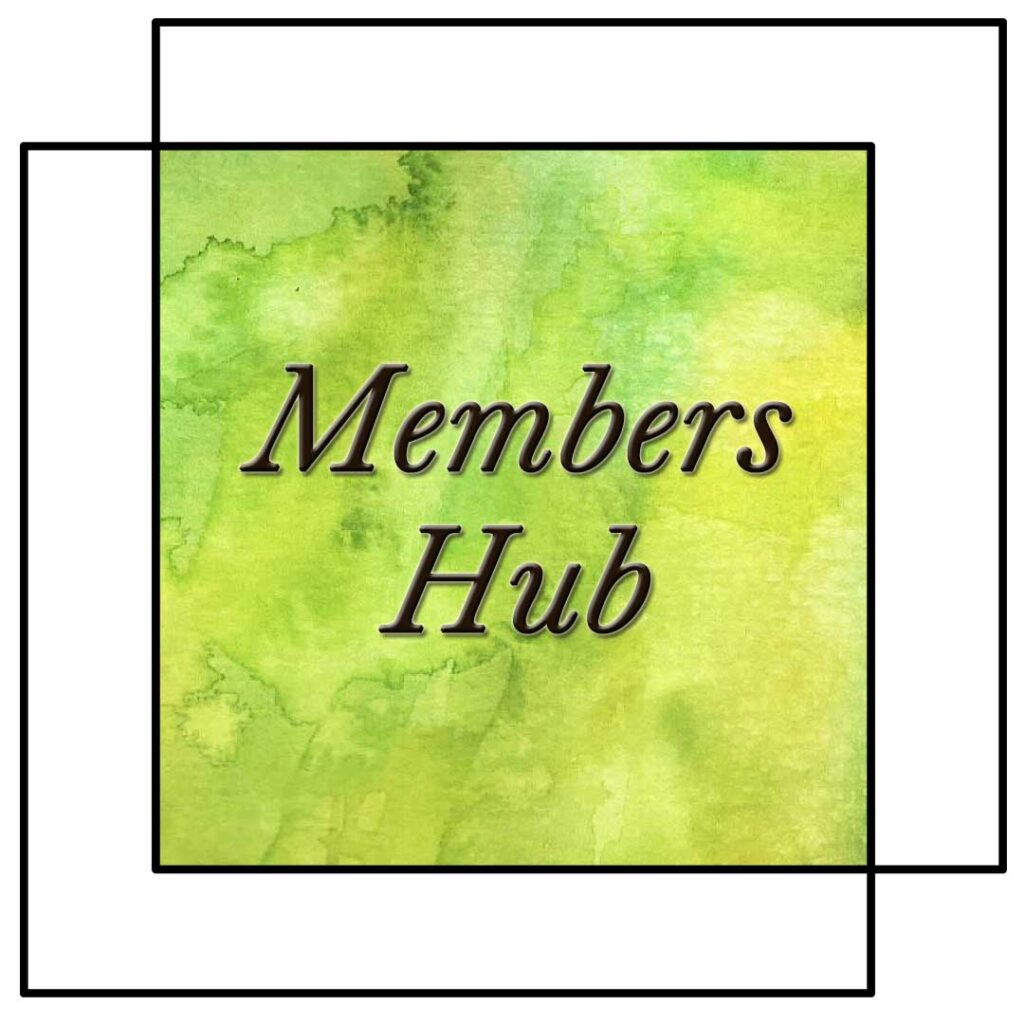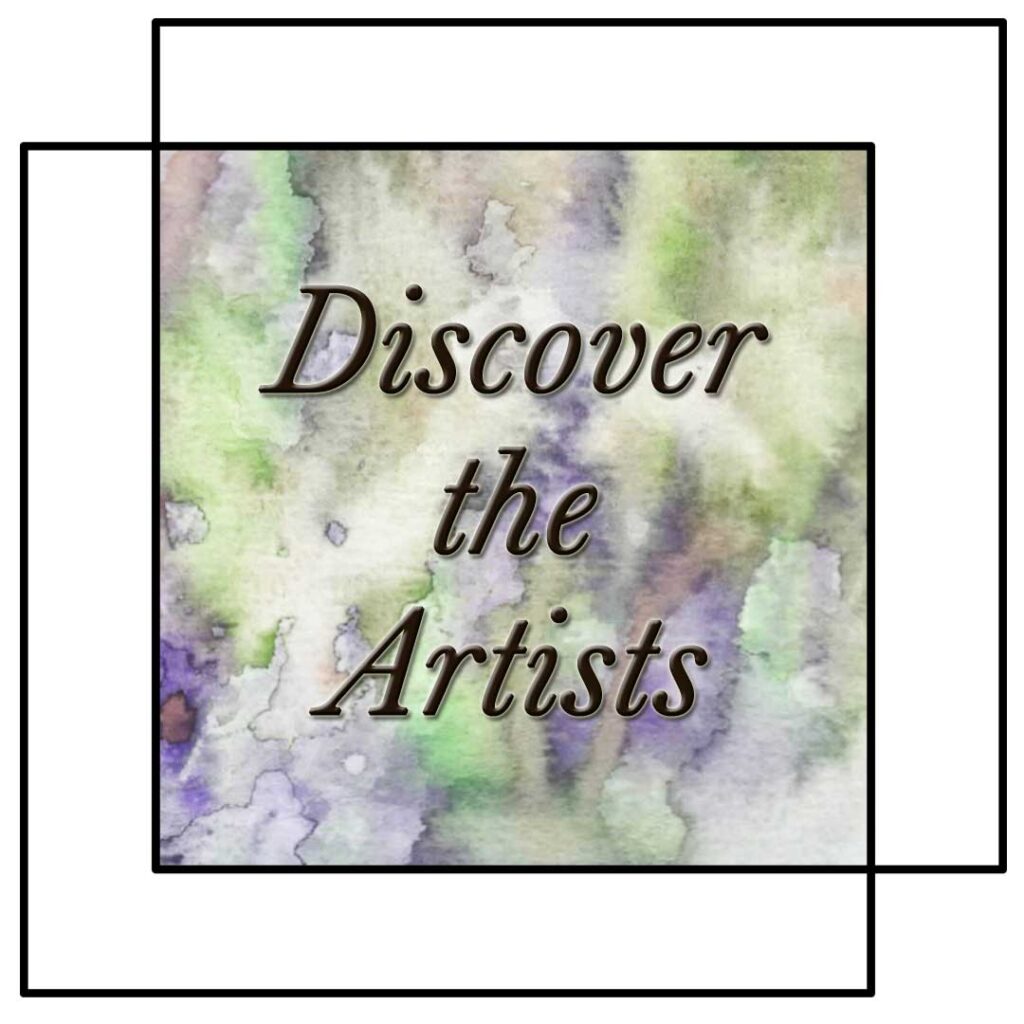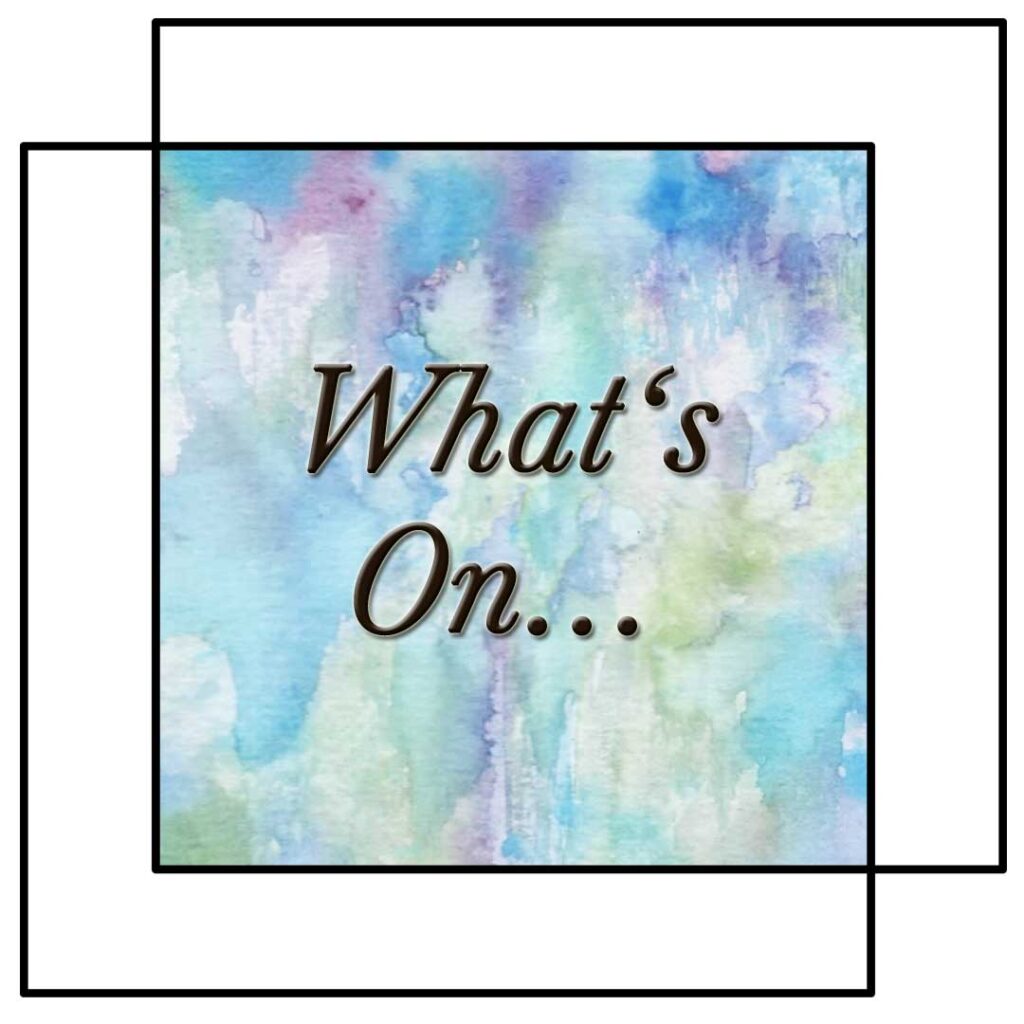Letting Yourself Flourish with Creative Mindfulness and Wellbeing
Mindfulness in art practice entails immersing oneself fully in the creative process, embracing each moment with awareness and acceptance.
This fosters a deeper connection to inner experiences and surroundings, enhancing creativity and personal growth.
Engaging in creative activities mindfully promotes stress reduction, emotional regulation, and increased self-awareness.
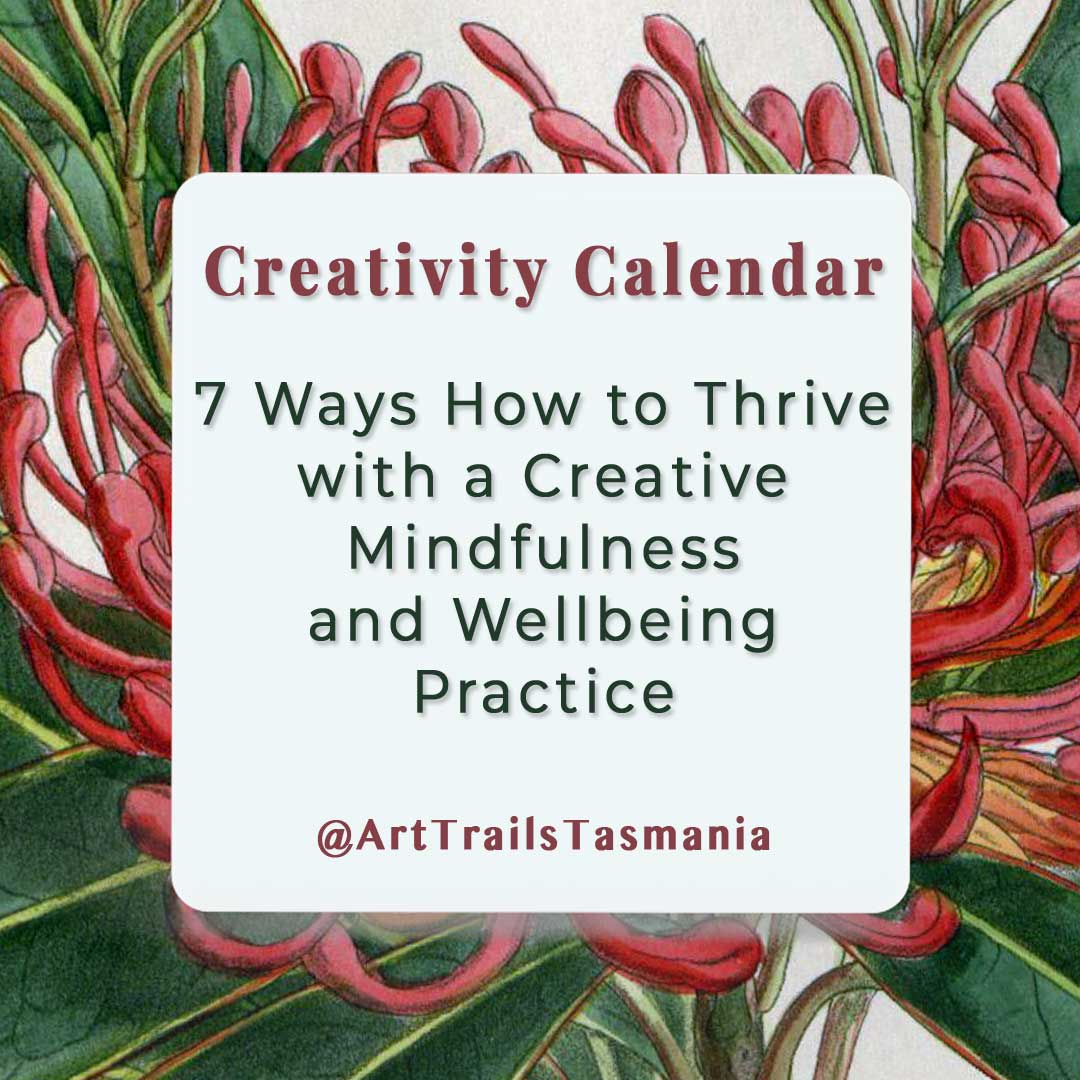
Exploring Creative Mindfulness
It offers a space for processing emotions, fostering healing, and boosting resilience.
Exploring a creative mindfulness practice can lead to profound mental health benefits, enriching wellbeing and the artistic journey.
Embracing Mindfulness for Centuries
Mindfulness and wellbeing practices have been part of all of our communities for centuries. Whether these practices are faith based such as in Buddhism, prayer and contemplation rituals as well as daily creative practices completed artisans and artisans in all societies.
Understanding Mindfulness Mixed with Creativity
When I started bringing this story together I figured a practical list of creative mindfulness daily actions to explore would be great. But then I started digging further and further into it all.
The mental health benefits came out so strongly, alongside the approach to the mindfulness actions themselves. So that’s where we’re starting, with the bigger picture.
And then you’ll get to dive into a delightful list of practical mindful art practices to find which works for you.

10 Small Daily Practices to See Life Through a Creative Lens Part 2
These 10 small daily practices help you build a creative life through observation, journaling, movement, & play, transforming everyday routines into artful joy.

Every Day Creativity & What It Means to Live Creatively Outside of Art Part 1
Discover every day creativity beyond art and craft. Learn how living creatively transforms daily life for artists, makers, designers, and curious minds.

12 Rituals of Rest That Spark Fresh Creative Energy Part 2
Explore 12 rituals of rest that spark fresh creative energy. Embrace how rest fuels creativity and supports joyful, sustainable practice.
7 Mental Health Benefits of Creative Mindfulness Practices
So what are the mental health benefits for exploring a creative mindfulness practice that are being recognised today?
Exploring a creative mindfulness practice can offer several mental health benefits:
1. Stress Reduction and Mindfulness
Engaging in creative activities mindfully can help reduce stress levels by promoting relaxation and providing a distraction from daily worries and concerns.
Focusing on the present moment during creative practice allows you to temporarily step away from stressors and find solace in the act of creation.
This simple action can be a powerful circuit breaker for the noise a busy daily life is part of.
2. Increased Self-Awareness
Mindfulness encourages you to cultivate awareness of your thoughts, emotions, and bodily sensations.
This can be started with a yoga breath exercise of 10 deep breaths in and out, with the focus simply on the breaths, letting other thoughts be and float away. Any simple action that lets you drop your shoulders is always a lovely start.
Through creative practices such as art-making or writing, you can explore and express you inner experiences, leading to greater self-awareness and insight into your mental and emotional states.
Thankfully this mark making doesn’t have to be art exhibition or publishing quality, it just needs to be itself. It is the doing that matters, not the “quality”.
3. Enhanced Emotional Regulation with Mindfulness
Creative mindfulness practices can help you regulate your emotions more effectively.
By immersing themselves in the creative process, you learn to acknowledge and accept your emotions without judgment, allowing you to respond to challenging situations with greater resilience and equanimity.
This is in contrast to the stimulants around us to express outrage, frustration, contradiction. While it can be healthy to acknowledge and release these strong negative emotions, you certainly don’t want them to be the focus majority of your daily.
Instead, finding easier paths to inner peace more quickly will make regulating your emotions a faster process. For many, stepping into actions of a creative practice, is one of these shortcuts.
4. Improved Mood
Engaging in creative activities mindfully has been shown to elevate mood and enhance feelings of happiness and wellbeing.
The act of creating something meaningful and personally fulfilling can boost self-esteem and provide a sense of accomplishment, leading to a more positive outlook on life.
Sometimes we need to reframe an experience so we can find the joy in it. We often are very self-critical and talk to ourselves in a way that we would never tolerate someone we love being spoken to. A quick way to reframe something we’ve been beating ourself up with it to say it in the way we would to our dearest friend.
5. Promotion of Mindfulness Coping Strategies
Creative mindfulness practices offer individuals an opportunity to develop mindful coping strategies for dealing with difficult emotions or experiences.
Through creative expression, individuals can process and work through their feelings in a constructive and non-destructive manner, fostering emotional healing and growth.
For many of us who have come through traumatic experiences, such as the loss of a child, the end of relationships, surviving abuse, escaping bushfires, the process of visually releasing this distress can end up being cathartic. We can choose whether we share this work with others or not. It is our experience and our choice.
6. Cultivation of Mindful Presence
Creative mindfulness practices encourage individuals to cultivate present-moment awareness and attention.
By focusing on the sensory experiences and subtle details of the creative process, individuals learn to anchor themselves in the present moment, reducing rumination about the past or worry about the future.
This process is surprisingly powerful and enabling. It can sometimes take multiple goes at focusing but each step along this practice makes a difference.
7. Connection and Community
Engaging in creative mindfulness practices can foster a sense of connection and belonging within a community of like-minded individuals.
Whether through participating in art classes, writing workshops, or online creative communities, individuals can share their creative journey, offer support, and receive validation, contributing to their overall sense of wellbeing.
This sense of belonging and flourishing creatively is a constant experience talked about by our members.
It can be a bit daunting going along to a group and regular class for the first time but it is always worth it, taking those steps outside of your comfort zone.
Join Our Community Newsletter Today

Emma Pilgrim Reveals Charity Collaboration as Artist Supports Wildlife Conservation
Charity collaboration has shaped Tasmanian artist Emma Pilgrim’s return to painting, driven by wildlife care, creativity & a deep commitment to meaningful impact.

Art, Flow & Purpose: Meg Shaw’s Creative Journey
Meg Shaw shares how art brings her joy, purpose and freedom. Inspired by Tasmania’s beauty, she finds creative flow and self-expression through painting.

Rachel Harris Creates Art That Sparks Connection and Care for Wildlife
Be inspired by the detailed wildlife art by Rachel Harris as she shares her inspiration, passion for wildlife and creativity in her Artist Profile story.
Mindfulness in Your Art Practice
Mindfulness in art practice involves being fully present and non-judgmentally aware while creating. It’s about immersing oneself in the process, embracing each moment with openness and curiosity.
Artists get to engage their senses, observing textures, colours, and sounds without attachment to outcomes.
They acknowledge emotions that arise, allowing them to inform expression rather than hinder it.
Mindfulness and Growth
Mindfulness encourages acceptance of imperfections and uncertainties, fostering patience and growth.
It’s a practice of exploration, where artists delve into their inner experiences and the world around them, cultivating deeper connections and enriching their artistic journey with mindful awareness.
Mindfulness in art practice refers to the intentional cultivation of present-moment awareness and attention while engaging in creative activities. It involves being fully present and engaged in the process of creating art, without judgment or attachment to the outcome.
7 Key Aspects of Mindfulness
Here are seven key aspects of mindfulness in art practice:
1. Present-Moment Awareness
Mindful art-making involves being fully present in the moment, paying attention to sensory experiences such as sight, sound, touch, and smell as you engage in the creative process.
You can include activities that are specifically about the sensory experiences, such as how to draw the sound of Lorikeets having an end of day gossip. Or create a colour palette of the smells from the kitchen or garden. It is your own experimental exploration, opening the doors to your imagination, and all without judgement.
2. Non-Judgment
Mindfulness encourages acceptance and non-judgment of one’s thoughts, feelings, and artistic expressions.
Rather than evaluating or critiquing your work as “good” or “bad,” you observe and accept your creative process without attachment to outcomes.
This can be powerfully liberating, especially for those who struggle with thoughts around “perfection” and then end up nowhere, exploring nothing.
This practice of non-judgement is creativity’s best friend, as it unleashes creativity, liberating the muse from the handcuffs of perfection and critique.
3. Connection to the Senses
Engaging the senses mindfully can deepen the artistic experience.
This might involve noticing the texture of materials, the colours and shapes you see, or the sounds around you as you work.
As artisans and artists our connection to our senses is deeply important, it is how we interpret the world around us, finding the creative paths to translating it in a variety of mediums.
4. Exploration and Curiosity
Mindful art-making encourages a spirit of exploration and curiosity.
Rather than striving for a specific result, you approach your creative practice with an open mind, exploring different techniques, materials, and ideas.
So often we come to our creative spaces with specific ideas of what we’ll create, and while this can be useful for the really planned out works, we shouldn’t do it every time.
Instead, giving ourselves time and space, permission, to just explore what might even feel quite random, or quite mundane, can be game changing. As well as really fun and playful.
5. Emotional Awareness and Mindfulness
Mindfulness invites awareness of your emotions as they arise during the artistic process. You acknowledge and observe these emotions without becoming overwhelmed or attached to them, allowing them to inform your creative expression.
For many of us, the emotions that sit below the triggers can come to the surface as we are mark making. Acknowledging these emotions at this time, when we’re creating, can be a safe and healing process.
While other times, our playful inner six year old comes out in joy and we should always embrace and share this special time.
6. Reflection and Insight
Mindfulness in art practice often involves reflecting on your creative process and gaining insights into yourself and your surroundings through artistic expression.
This reflection can deepen your understanding of yourself and the world around you.
It is one of the main reasons many of us are drawn to our art practice and creativity journeys. Rarely is it an obvious, early on experience. Often it has a slow dawn that can may seem to come from behind a cloud bank that we’re just hoping to find the silver lining to.
7. Patience and Acceptance
Mindful art-making fosters patience and acceptance of the creative process, including moments of uncertainty, frustration, or imperfection.
You embrace these moments as natural parts of the journey rather than obstacles to be overcome.
This acceptance can lead you down some of the most winding creative paths as well as some of the most insightful ones. Leaning into the act of patience with yourself, of accepting where you are in this moment is a kind gift to yourself.
Overall, mindfulness in art practice offers a way to cultivate presence, awareness, and self-expression through creative activities, enhancing both the artistic experience and personal well-being.
7 Creative Art Practices for Mindfulness and Wellbeing
So that’s the theory, the concepts and ideas that entwine around and through mindfulness and wellbeing.
Now it is time for some really practical actions, processes for you to explore, to experiment with to find what makes your muse sing at different stages.
Here are seven creative practices that artists, makers, or artisans can consider incorporating into their daily routine to nurture their creativity (with a bonus one at the end, so technically eight!) :

Why Time Management & Workflow are Creative Enablers Part 1
Time management empowers artists. Learn why workflow reduces overwhelm, builds clarity, protects creative energy & supports sustainable creative business success.
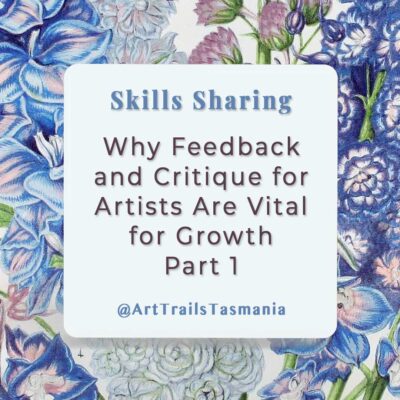
Why Feedback and Critique for Artists Are Vital for Growth – Part 1
Discover why art feedback and critique for artists accelerates growth, sharpens skills, and builds confidence in your creative practice.
1. Daily Sketching or Doodling
This is one of my favourites.
Set aside time each day to sketch or doodle in a sketchbook. This practice encourages experimentation, exploration, and the development of new ideas.
Get yourself a cheap and cheerful sketchbook for this practice, one that isn’t amazingly precious with handcrafted paper from Italy. One from Aldi, the $2 shop etc, maybe A4 size? Whatever gives you joy and you can make a mess of and then look back over it 12 months later and remember what fun you had filling up the pages.
Often I sit in front of the TV with my A4 sketchbook, a tin of pencils and just mark make. I’ve got past the point of being too concern or over-analytical of what I’ll do. For me, it is about having fun with my art supplies. It can be about whatever you like for you.
2. Mindful Observation Walks
Take a daily walk with the intention of observing the world around you mindfully. Notice the colours, shapes, textures, and sounds in your environment, allowing them to inspire your creative process.
This has benefits on so many levels, from breathing, moving, observing, being in the moment. You can go for a 10 minute walk to a 10 km walk, whatever works on the day.
Something this is also fun to do is to take photos of what you observe. A friend of mine shares these on her socials, I tend to think I will and then forget because I don’t have my glasses on and then there is something else engaging! (To be frank, I often come up with story ideas when I’m walking and go down that rabbit hole!)
3. Morning Pages
Start your day by writing three pages of stream-of-consciousness writing in a journal. This practice, popularised by Julia Cameron in “The Artist’s Way,” helps clear the mind and unlock creativity.
Many of our members have found great inspiration and joy in practising Julia Cameron’s advice.
4. Creative Challenges
Set yourself daily creative challenges or prompts to spark inspiration and push your creative boundaries. This could involve experimenting with a new medium, exploring a different subject matter, or trying out a new technique.
It can be the perfect way to explore your art and craft supplies, test out ideas, especially ones that you either doubt yourself about or have been itching to give a go.
5. Artistic Playtime
Dedicate time each day to engage in playful artistic experimentation. This could involve collage-making, exploring different mark-making techniques, or experimenting with mixed media.
This is particularly useful for all of us who sell our work. When you’re selling pieces that you’ve created there is a high standard that you apply to yourself and every single item. And while this can be part of you living your dream, it can be a heavy weight at times and not a friend to creativity.
So when you allow yourself to play, to make a mess, be crap at something, fall down creatively and pick yourself back up, or even joyfully make something that gets your inner muse singing with joy, life is richer.
6. Art Journaling
Keep an art journal where you can experiment with different artistic techniques, document your creative journey, and express your thoughts and emotions visually. Use your art journal as a space for creative exploration and self-expression.
This is different to your playful and often messy sketchbook in that it is more intensional. You are exploring concepts and emotions that you’ve been ruminating on, turning over in your creative though processes.
What flows from it may be more organic than structured, or more structured than spontaneous, any or all of this is part of it.
7. Reflective Practice
Take time at the end of each day to reflect on your creative process and accomplishments.
Consider what went well or didn’t go well, what you learned, and how you can apply these insights to future projects.
These reflections can be captured in a journal or planner, sketchbook or loose pieces of scrap paper.
There are times when we are easily in sync with our creativity, other days it is a tidal wave of overwhelm and there’s everything in between. And that’s a normal part of life. The treasures are often to be found in the reflections, in the looking back with kindness to ourselves.
Reflective practice helps cultivate self-awareness and continuous growth as an artist.
Bonus Mindfulness Tip
Visual Inspiration Boards
Create a physical or digital inspiration board where you can collect images, quotes, and ideas that inspire you.
Spend time each day adding to your inspiration board and reflecting on the elements that resonate with you creatively.
This can be as simple as tagging or moving the photos from your daily walk into a folder.
It can be sharing a story from your favourite art blog across Facebook and Instagram. 🙂
Or it can be printing out that snippet of inspiration and pinning it to the cork board (gotta love those cork boards and layering them up!).
And there’s always trusty old Pinterest to take a deep dive into!
Daily Creative Mindfulness Practices Expand Horizons
Incorporating these daily creative practices into their routine can help artists, makers, and artisans stay inspired, expand their creative horizons, and nurture their artistic growth.
Plus, it is heaps of fun!

10 Ways for Creative Workflow and Time Management to be Easy and Practical Part 2
Time management for creative small businesses. Practical studio planning, batching tasks & routines that support making, marketing, rest & sustainable growth.
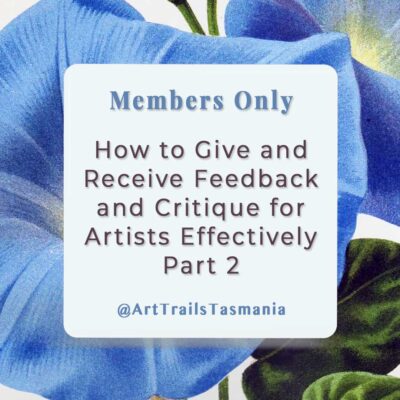
How to Give and Receive Feedback and Critique for Artists Effectively – Part 2
Learn practical ways to give and receive art feedback and critique for artists, with 10 tips to improve skills and nurture creative growth.

How to Make to Your Facebook and Instagram Business Pages Succeed – Part 2
Learn how to make your Facebook and Instagram business pages thrive. Get 8 practical tips for each platform to grow thrive, & promote your creative business.
What’s Next…
I’ve been finding action lists really useful to allowing me to be on the paths that are important to me. So maybe you would too? This is about clarity and purpose rather than noisy To Do Lists!
- From here, make a list of 3 – 4 activities, practices that you would like to explore.
- Write down how you might like to explore these practices in a way that works for you.
- Look at your diary/planner/calendar and make a space for at least one or two of these activities.
- Then give it a go.
- Review and adapt as needed.
The key is to be kind and gentle with yourself. Doing a little sometimes is way more beneficial that beating yourself up needlessly.
Enjoy!
Discover our Artist members…
Emma Pilgrim Reveals Charity Collaboration as Artist Supports Wildlife Conservation
Art & Conservation Chairty Collaboration Charity collaboration sets the tone for Emma Pilgrim’s story, which was partly inspired by our Explore Charity Collaborations for Community, Growth and Connection – Part 1andPart 2 features. After returning to watercolour...
Art, Flow & Purpose: Meg Shaw’s Creative Journey
Joy and Purpose Through Art for Meg Shaw Art brings me joy. I particularly love being in the 'flow' state of creation – when I'm absorbed in the moment - so much so, I have no sense of time. Another aspect that's engaging for me is being able to express myself in an...
Rachel Harris Creates Art That Sparks Connection and Care for Wildlife
A Sense of Wonder Inspires Creativity Living in Tasmania, it’s impossible not to be inspired by the wild. I grew up in New Zealand, and even after many years on Hobart's eastern shore I’m still in awe of the unique wildlife found only on this island. Each encounter is...
Exhibiting Your Work in Exhibitions…
How to Make the Most of Entering Exhibitions Like the Incognito Art Show
Making the Most of Exhibiting in Events Like the Incognito Art Show The Sydney-based Incognito Art Show is now Australia's largest annual art show. It is open to any artists intersted in taking part. It is an event where artists anonymously donate postcard-sized...
Entries are Open for the 5th Annual Art Trails Tasmania Art Exhibition
Entries Are Now Open for the 2024 Art Trails Tasmania Art Exhibition It is with a lot of joy that I can announce that the 5th Annual Art Trails Tasmania Art Exhibition will be in venues from the mountains to the sea in five locations and is now open for entries! This...
How to Share Your Event News with Art Trails Tasmania
Promoting Your Artist Led Events News It is a joy to be sharing our members’ event news and artist profile stories across the website, blog, Members and Community newsletters, Facebook and Instagram. Our readers and followers love the stories and they keep asking for...
Read What Our Members Say About Belonging
Join the growing, supportive artists community today and have your Artist story told here.
Belinda is doing a great job creating a professional looking artist hub online. Check out the profile I posted recently to see how well she does them. To all my artist friends let’s help make this THE go to place to discover local artists.
You won’t regret joining Art Trails Tasmania . It’s a welcoming community for creatives at any career stage.Becoming an Art Trails Tasmania member wasn’t a hard decision for me to make as it’s such a wealth of knowledge and support.Being member provides a quality way to showcase your creative endeavours and it’s quickly growing in reach.
We operate a home based picture framing business and recently joined Art Trails Tasmania as a means to giving us exposure to the wider artist community. We have almost immediately seen increase in activity thru our online sites, which I am certain will lead to more opportunities to grow our business.

